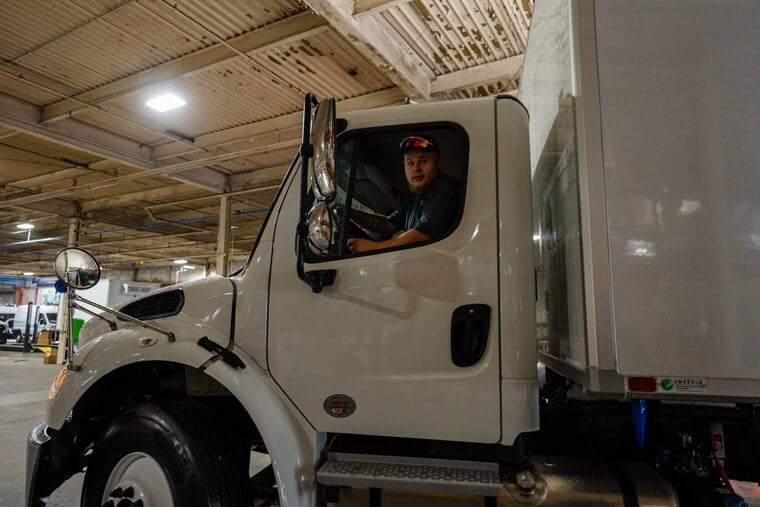
How Does Temperature and Humidity Affect Fine Art
Joe Dickman | April 6th, 2020
Works of art, especially older pieces made with less durable or already-worn materials, are sensitive to their surrounding conditions. Two variables that greatly affect a piece’s health are temperature and humidity. To those asking how does temperature and humidity affect fine art, here is a brief guide.
Rapid Temperature Changes
First, temperature is an important variable mostly because sudden changes in temperature tend to damage artwork. No matter what material a piece consists of, when temperatures drop or raise, it contracts or expands. This movement induces cracking, distortion, swelling, and other physical changes. In extreme heat, paint and other materials may melt and irreparably mar the work’s appearance. High temperatures and rapid temperature swings stress the materials faster than normal, cutting short the work’s life and reducing its quality.
Changing Humidity
Perhaps more important than temperature is how humidity interacts with artwork—especially paintings with fragile canvas and paint. When humidity levels increase, water vapor condenses and lands on a nearby surface. Water that lands on art can begin a corrosive reaction that compromises the piece’s integrity and appearance. Humidity also gives mold spore colonies a good place to start proliferating, permanently damaging pieces. Like temperature, humidity harms art most when it varies often.
On the other hand, if humidity is too low, the piece may lose the small amount of water it holds that helps keep the work together. This can cause the artwork to break apart if extreme enough.
Ideal Conditions
Because it’s clear temperature and humidity affect fine art significantly, it’s important to understand ideal conditions for transport, storage, and presentation. Relative humidity is best between 25% and 65% at each stage. Meanwhile, while the perfect temperature is harder to pin down exactly, cooler storage facilities and refrigerated or insulated vans that keep pieces out of the sunlight are best for preserving artwork.
If you transport artwork, consider investing in a small refrigerated van or more appropriate temperature-controlled vehicle from Emerald Transportation Systems. Our diverse offerings are sure to fit your artwork transportation needs.
Related Articles
Contact Us
Feel Free To Contact Us If You Have Any Questions
What does under DOT mean?
Questions regarding DOT requirements come up often. 10,000 lbs GVW (gross vehicle weight) and over are commercial vehicles that fall under the Department of Transportation regulatory requirements.
What is the difference between GVW and payload?
GVW or Gross Vehicle Weight is the entire weight of the vehicle including the payload. The payload weight represents the amount of cargo you are hauling.
What is a self-powered unit and a vehicle-powered unit?
A self-powered unit has its own fuel source and will run independent of the truck. This is the heaviest and most expensive option. While vehicle-powered units run off the engine via a compressor mounted on the engine. These are less expensive and lighter in weight but you must run the truck or plug the electric standby into shore power.
What does K-factor mean and why is that important?
K-factor is a term that stands for the overall insulating value of the container (truck body). Quite simply the lower the K-factor the better the truck body will be able to maintain a given temperature and require less energy to do so.
How much lighter is a Poly Van vs a US spec body?
Poly Van bodies are very light. On average we estimate we are 75-150 lbs per foot lighter than a traditional sheet and post foamed in place body. These weight savings translates to less fuel burn and less CO2 emissions, along with added payload, the most important benefit.






